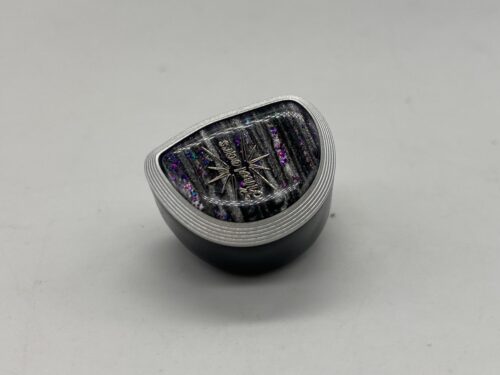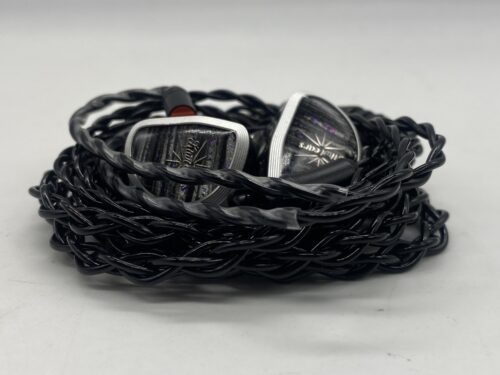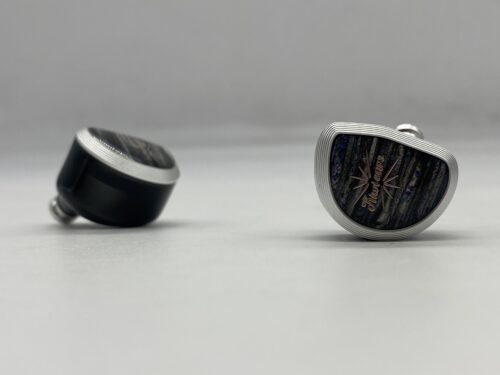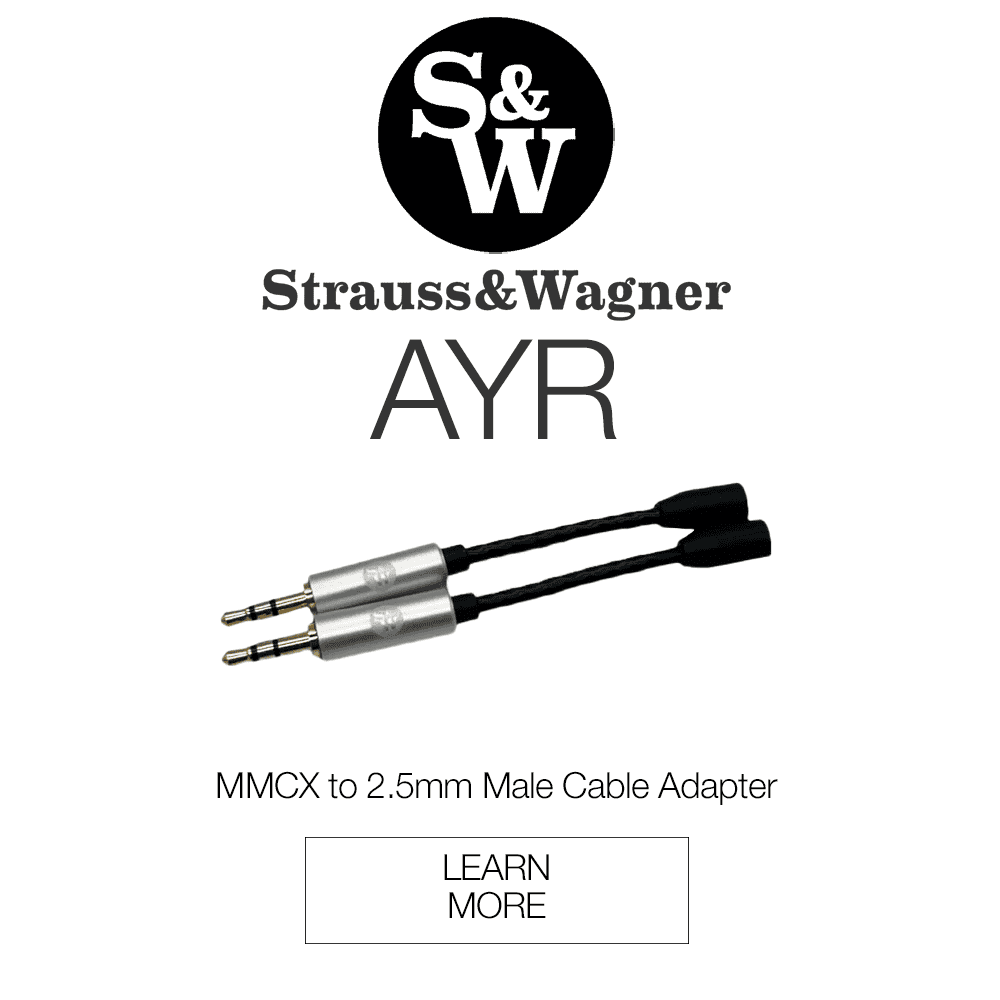If you’ve been eyeing a pair of planar magnetic IEMs without breaking the bank, the Kiwi Ears Aether might just be your next obsession. Priced competitively in the sub-$200 range, the Aether delivers a unique listening experience with its large 15.3mm planar driver, an impressive soundstage, and a design that turns heads. With so many budget planar IEMs hitting the market, it’s harder than ever to separate hype from substance, but the Aether makes a strong case for being one of the best planar IEMs under $200.
What You Get
- Kiwi Ears Aether
- Zipper carrying case
- 3 sets of S/M/L ear tips
Look & Feel
The Aether is certainly one of the coolest-looking IEMs for the price. Its glittery surface and silver outline form a pleasing aesthetic that’s easy on the eyes. They’re also easy on the ears, as the Aether provides a solid fit with hours of comfort. You might find the shell size a bit big, but they hold tight and never make your ears feel stretched.
Design
The Ather features a 15.3mm planar magnetic driver, which is one of the largest you’ll find in an IEM in this price range. A new chamber has been developed for a more advanced ventilation system that hopes to open up the sound in a new way. Its stock 2-pin cable terminates to a 3.5mm headphone jack, but even with its 14 Ohm impedance, it’s recommended you use a portable DAC/Amp with the Aether. Any kind of push you can give it should suffice, as even using a simple iFi Go Link should get the job done.
Soundstage
Budget planar IEMs have gotten surprisingly good at presenting a wide and spacious soundstage. The Aether fits right in that ballpark, offering dimensional imaging with layered performances stacking over each other with clarity and articulation. You get a sense of the left and right channels expanding right to the edges of the shell, forming a headspace that surrounds you almost like a dome. With that said, I would still consider the Aether to have a linear soundstage, as even though they image well, the height of the stereo field is not as prominent as its width. Thankfully, the depth of the image maintains the openness of the soundstage while still being relatively flat. It always prioritizes separation over holographic properties, which refines stereo accuracy while also being immersive.
Low End
The Aether has a very defined bass that provides a consistent rumble. A good amount of mid-bass impact is softened, though, which results in a tone that has clarity but without a ton of body. As a result, the bass gives you a satisfying foundation that vibrates like a growl, but with a very slow attack on transients. It’s a dynamic response that tries to extract as much energy from the sub-bass as possible to make up for its lacking mid-bass. I found the response to be fulfilling, even with some of its tamer properties. The texture of the low frequencies acts as a servicable compensation, providing you with just enough bass presence to make a difference. Individual instruments are highlighted well, and enforce a fine level of depth and separation for the price.
Mids
For the most part, the Aether’s midrange is detailed and transparent. It has a neutral timbre with a ton of breathability. There’s almost an airy quality to the mids that gives the instruments a good shape, but there’s also a weightlessness to the mids that affects Aesther’s response to notes. Like the mid-bass, the midrange frequencies have clarity, but the notes have little impact. Although the presence of vocals was very satisfying, the pluck of strings or stabs on piano keys is a bit limp.
Highs
This is a very smooth and engaging treble. It balances the sparkly personality of the highs with a laid-back presence that doesn’t call too much attention to itself. You won’t hear any over-brightened frequencies or any piercing harshness, but the highs also don’t feel dull. There’s more than enough detail for the price, as the Aether offers a very easy and concise tone that tails off well.
Summary
The Kiwi Ears Aether is a serious contender in the budget planar IEM space, offering exceptional value for listeners who crave spacious imaging and smooth highs. While it might not hit as hard in the mid-bass or bring thunderous impact to the mids, it compensates with great separation, impressive depth, and a refined treble response that’s easy to listen to for hours. Pair it with a solid portable DAC/amp like the iFi Go Link, and you’re getting an audiophile-grade experience at a fraction of the cost. For under $200, the Aether stands out with its striking design, excellent comfort, and one of the most immersive soundstages you’ll find in this category. If your priorities are clarity, airiness, and a tastefully tuned treble, the Kiwi Ears Aether might be your perfect fit.
| Pros | Cons |
|
|
The Kiwi Ears Aether is available on Amazon.
Compare the ranking of various headphones, earbuds and in-ear monitors using our tools.
Discuss this, and much more, over on our forum.
---MAJORHIFI may receive commissions from retail offers.


















